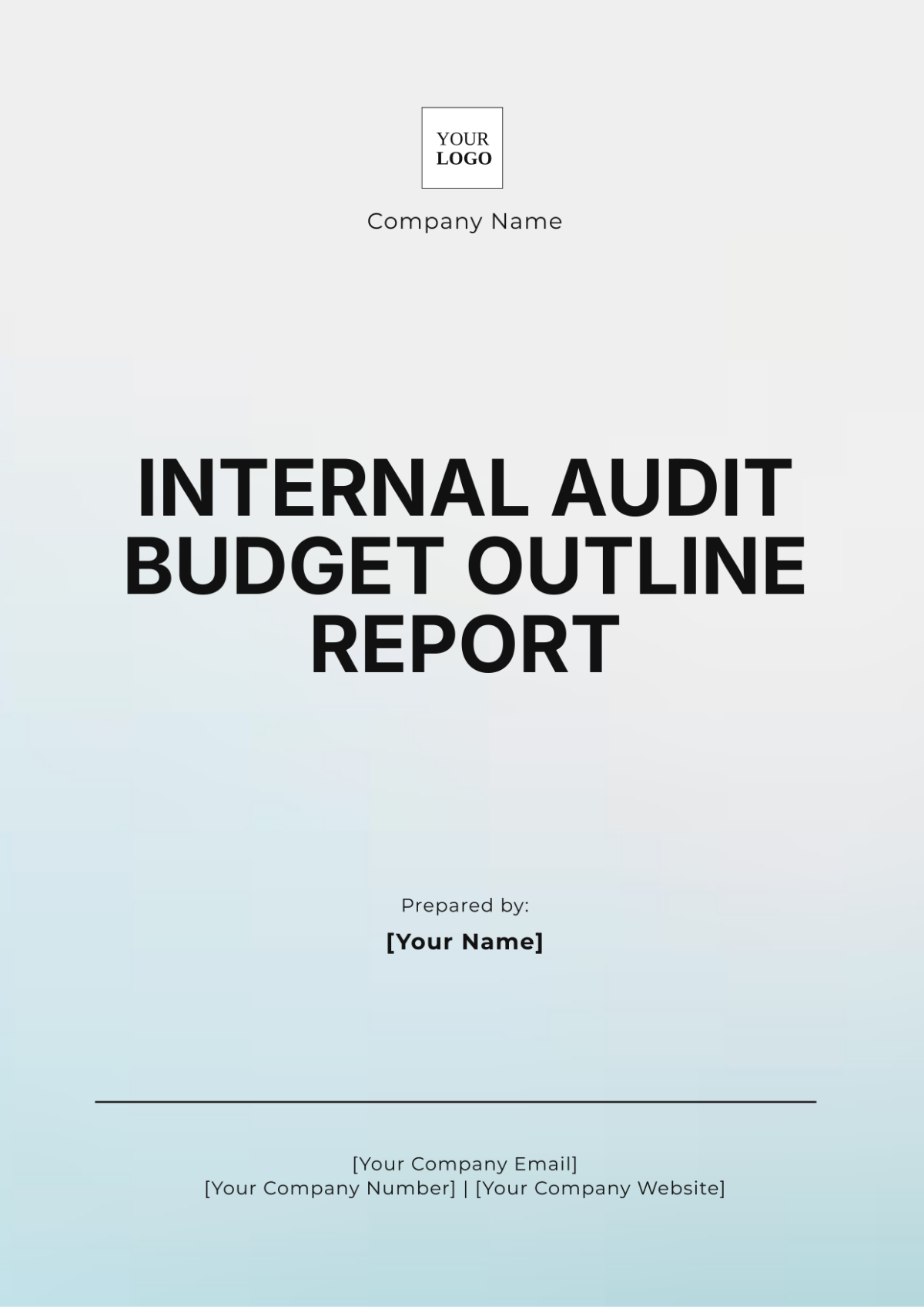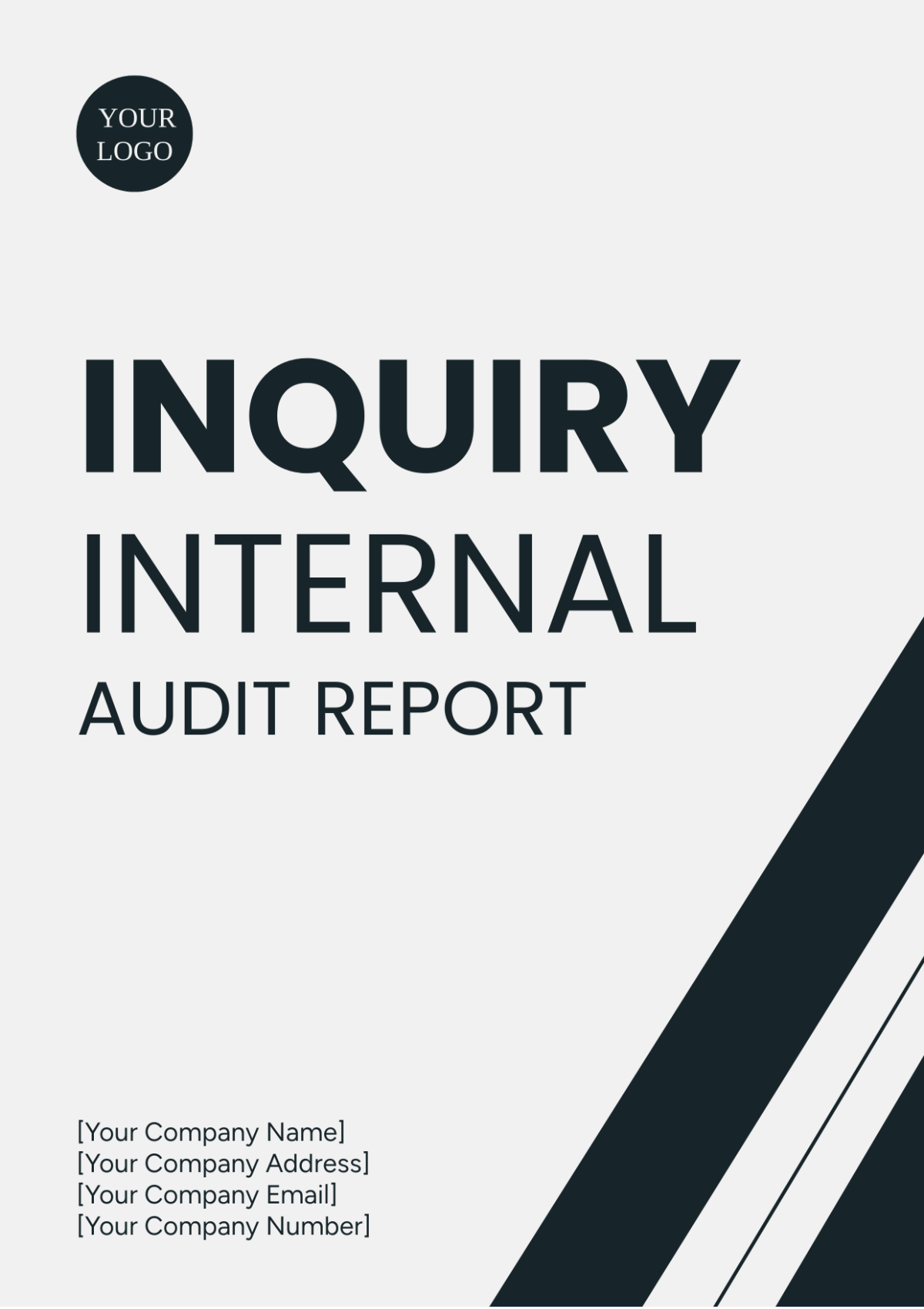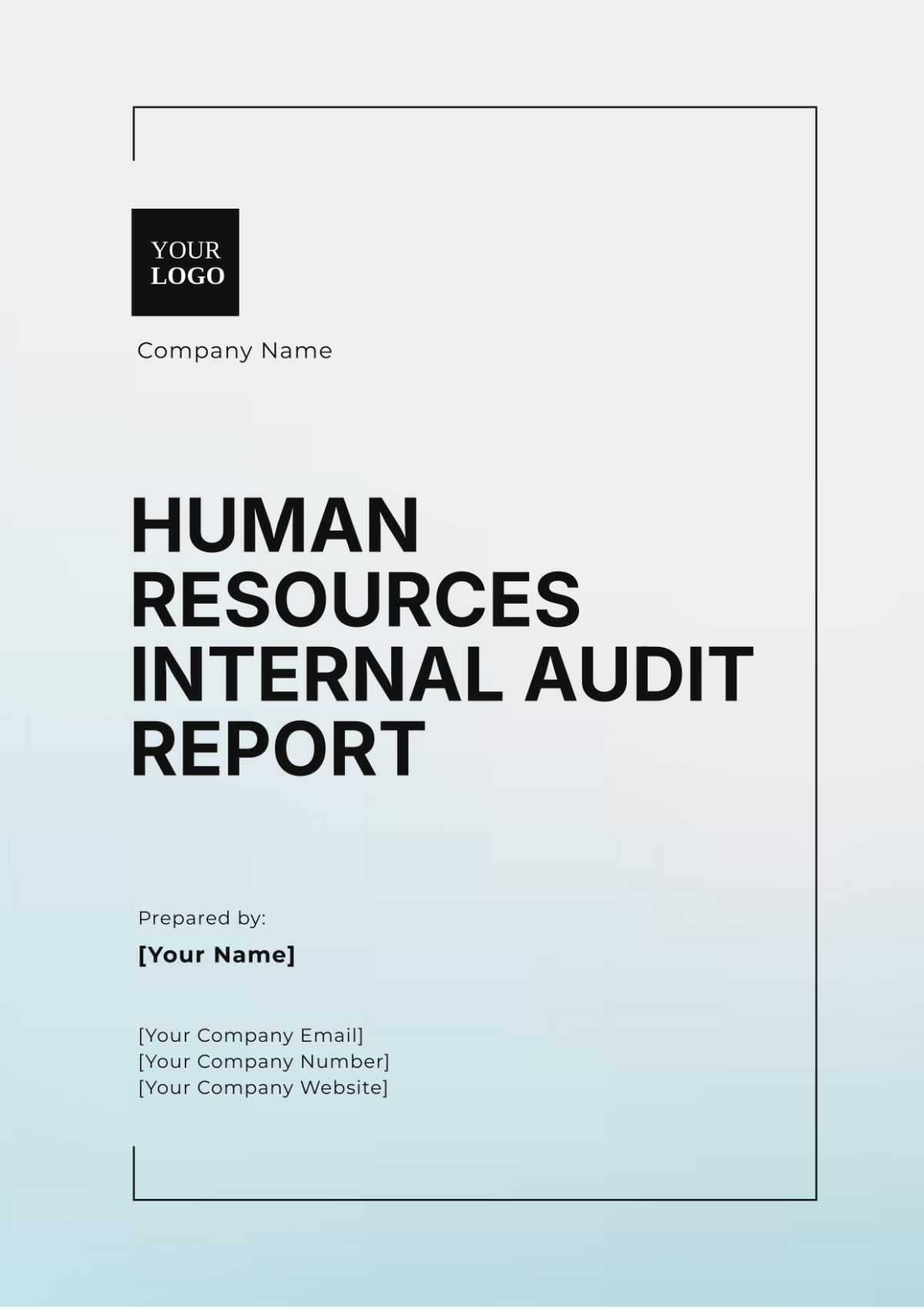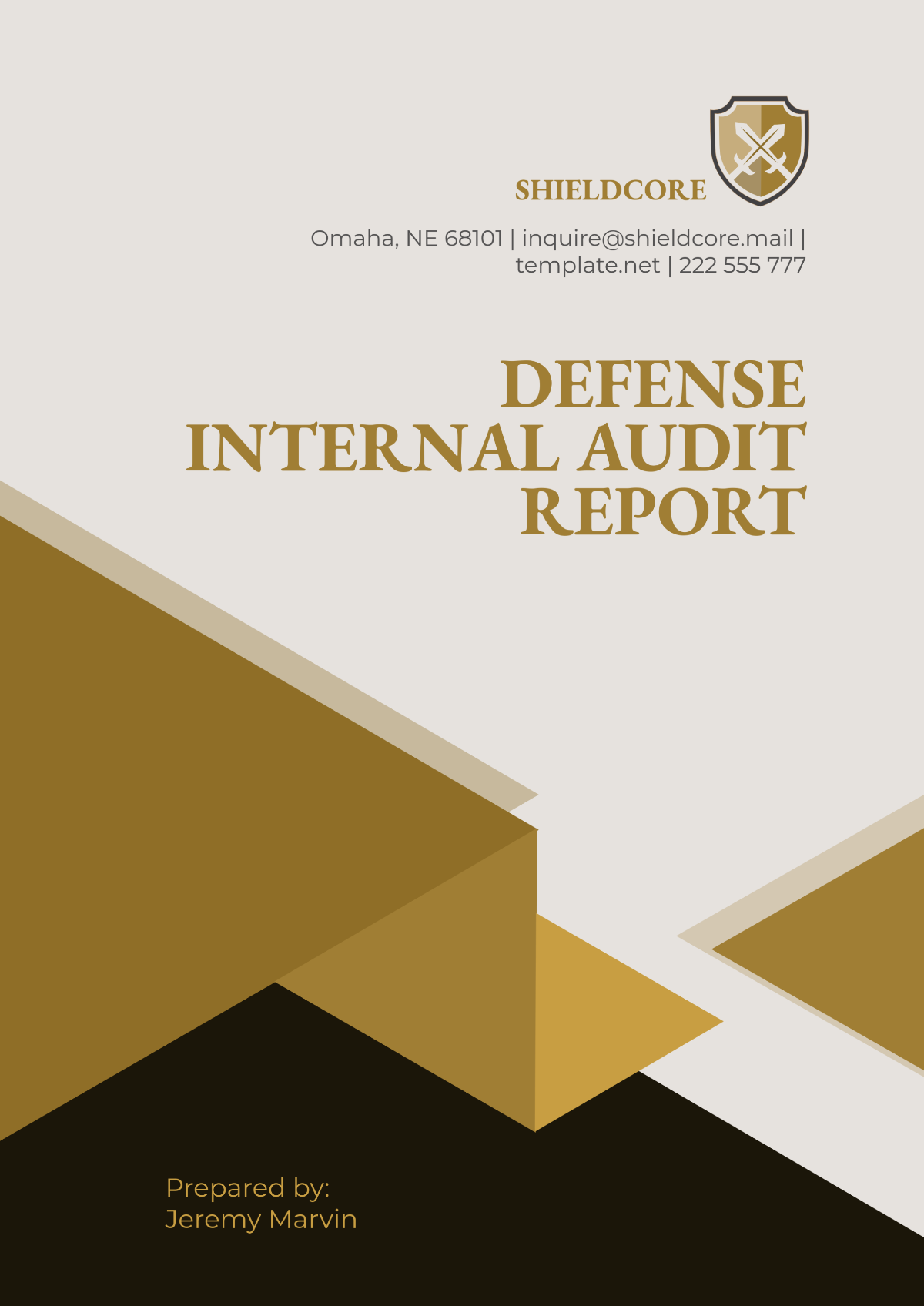Internal Audit Review Report
1. Executive Summary
Purpose of the Audit:
The internal audit was conducted to assess the effectiveness of internal controls, compliance with relevant laws and regulations, and the overall operational efficiency within the Finance Department. The objective was to identify areas for improvement and ensure adherence to the company’s policies and procedures.
Key Findings:
Finding 1: Inadequate Segregation of Duties in Transaction Processing.
Finding 2: Non-compliance with Regulatory Requirements regarding financial disclosures.
Finding 3: Inefficient Workflow Processes in the invoice approval system.
Recommendations:
Recommendation for Finding 1: Implement a clear segregation of duties by assigning different personnel for transaction processing and reconciliation.
Recommendation for Finding 2: Conduct compliance training sessions for staff and establish a monitoring system for regulatory adherence.
Recommendation for Finding 3: Streamline the invoice approval process by eliminating unnecessary steps and considering automation.
2. Scope of the Audit
Audit Period:
From July 1, 2050, to August 31, 2050.
Areas Reviewed:
Financial Controls: Assessment of the accuracy and reliability of financial reporting.
Operational Efficiency: Review of procedures and workflows for efficiency in the Finance Department.
Compliance: Evaluation of adherence to policies and regulations regarding financial disclosures and reporting.
Methodology:
The audit utilized a combination of qualitative and quantitative methods, including:
Interviews with key personnel in the Finance Department.
Document review of financial statements, internal policies, and relevant regulations.
Analytical procedures to evaluate trends and discrepancies in financial data.
3. Detailed Findings
3.1 Finding 1: Inadequate Segregation of Duties
Description:
During the review of the finance department, it was observed that John Doe, the Accounts Payable Specialist, is responsible for both processing invoices and reconciling accounts. This poses a risk of errors or fraud due to a lack of oversight.Impact:
This weakness could lead to financial misstatements and reduced trust in financial reporting, potentially resulting in regulatory penalties.Recommendation:
Implement a clear segregation of duties by assigning different personnel for transaction processing and reconciliation. Regularly review and update roles to enhance accountability.
3.2 Finding 2: Non-Compliance with Regulatory Requirements
Description:
The audit identified instances where the company did not adhere to the Securities Exchange Act regarding timely financial disclosures, particularly in the quarterly reports for Q2 2050.Impact:
Non-compliance could expose the company to legal penalties and damage its reputation with investors and stakeholders.Recommendation:
Conduct a compliance training session for relevant staff and establish a monitoring system to ensure adherence to regulatory requirements. Set reminders for key reporting deadlines.
3.3 Finding 3: Inefficient Workflow Processes
Description:
Analysis of operational workflows revealed redundant steps in the invoice approval process, where multiple approvals are required for low-value transactions, leading to delays and increased costs.Impact:
Inefficiencies can result in decreased productivity and increased operational costs, with an estimated annual loss of $25,000 due to processing delays.Recommendation:
Streamline the process by eliminating unnecessary steps and automating the approval workflow for invoices under $500. Conduct regular reviews to ensure optimal workflow efficiency.
4. Conclusion
The audit provided valuable insights into the internal control environment and operational efficiency of the Finance Department. While several strengths were noted, particularly in financial reporting accuracy and staff competence, there are significant areas requiring immediate attention. Addressing the identified issues will enhance operational integrity, compliance, and overall effectiveness.
5. Appendices
Appendix A: Supporting Documents
Financial statements for Q1 and Q2 2050
Internal policies on financial controls
Regulatory requirements for financial disclosures
Appendix B: Audit Criteria
COSO Internal Control Framework
Company policies on financial reporting
Relevant regulations under the Securities Exchange Act
Appendix C: Management Responses
Management’s response to findings and recommendations, if available.

















































